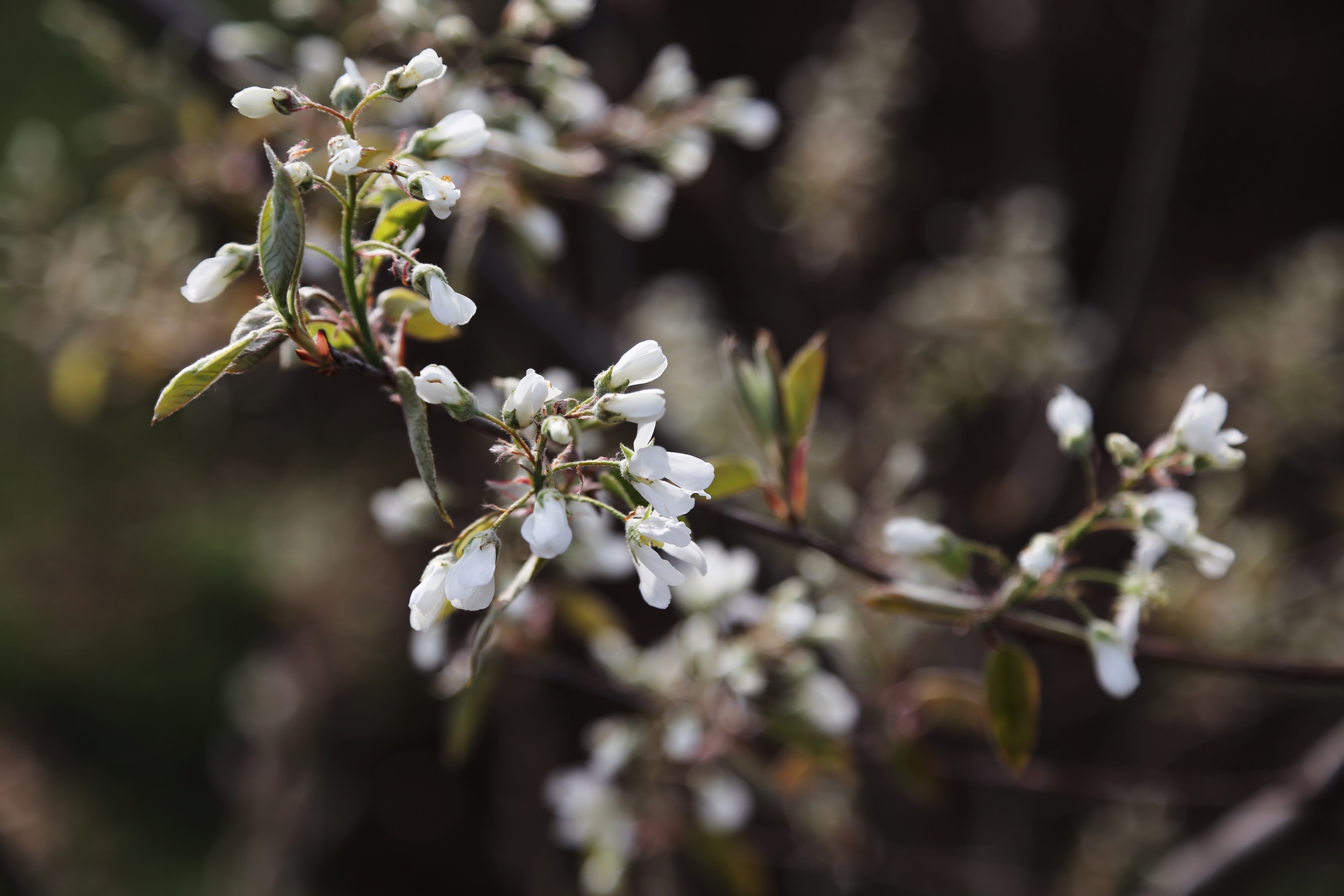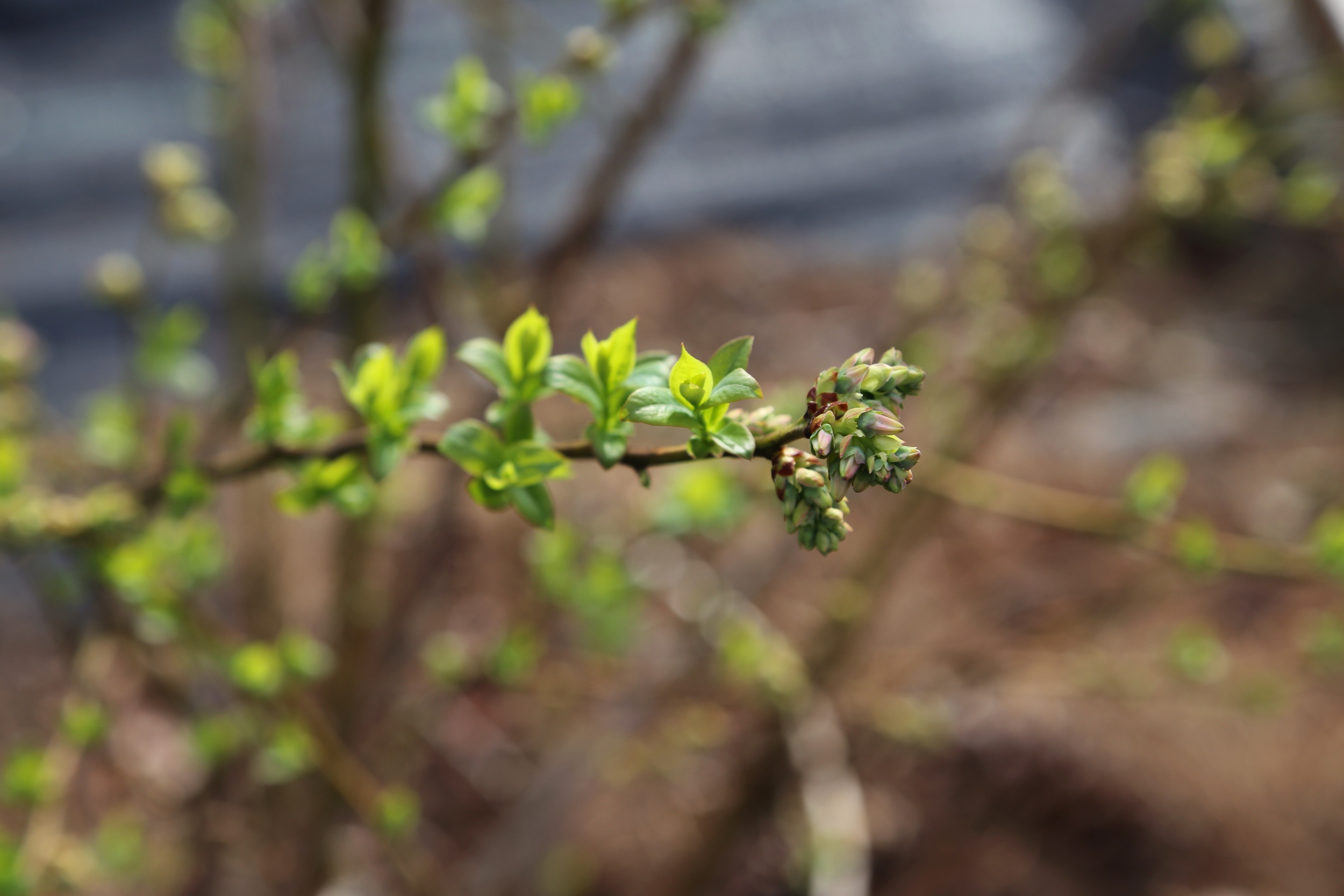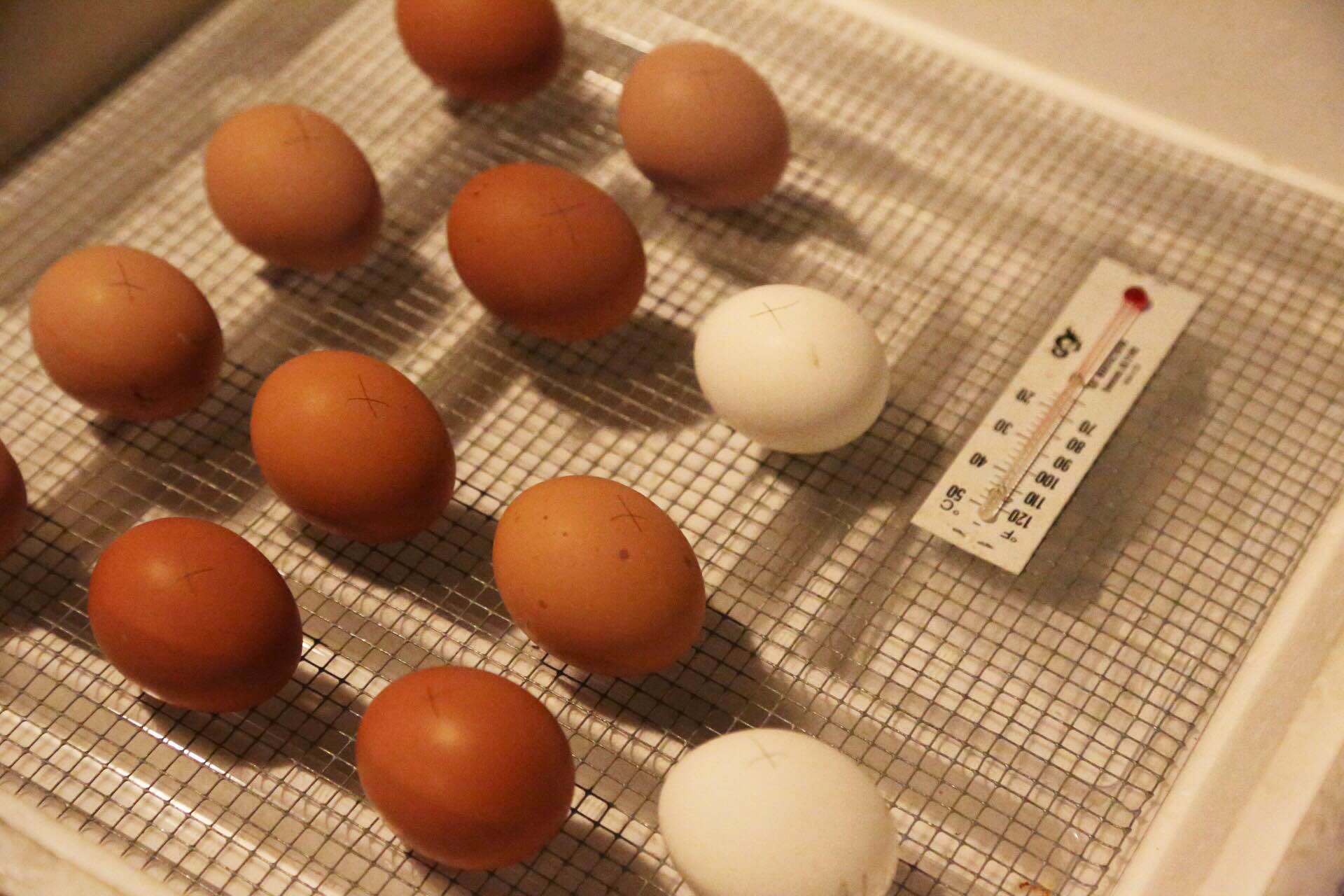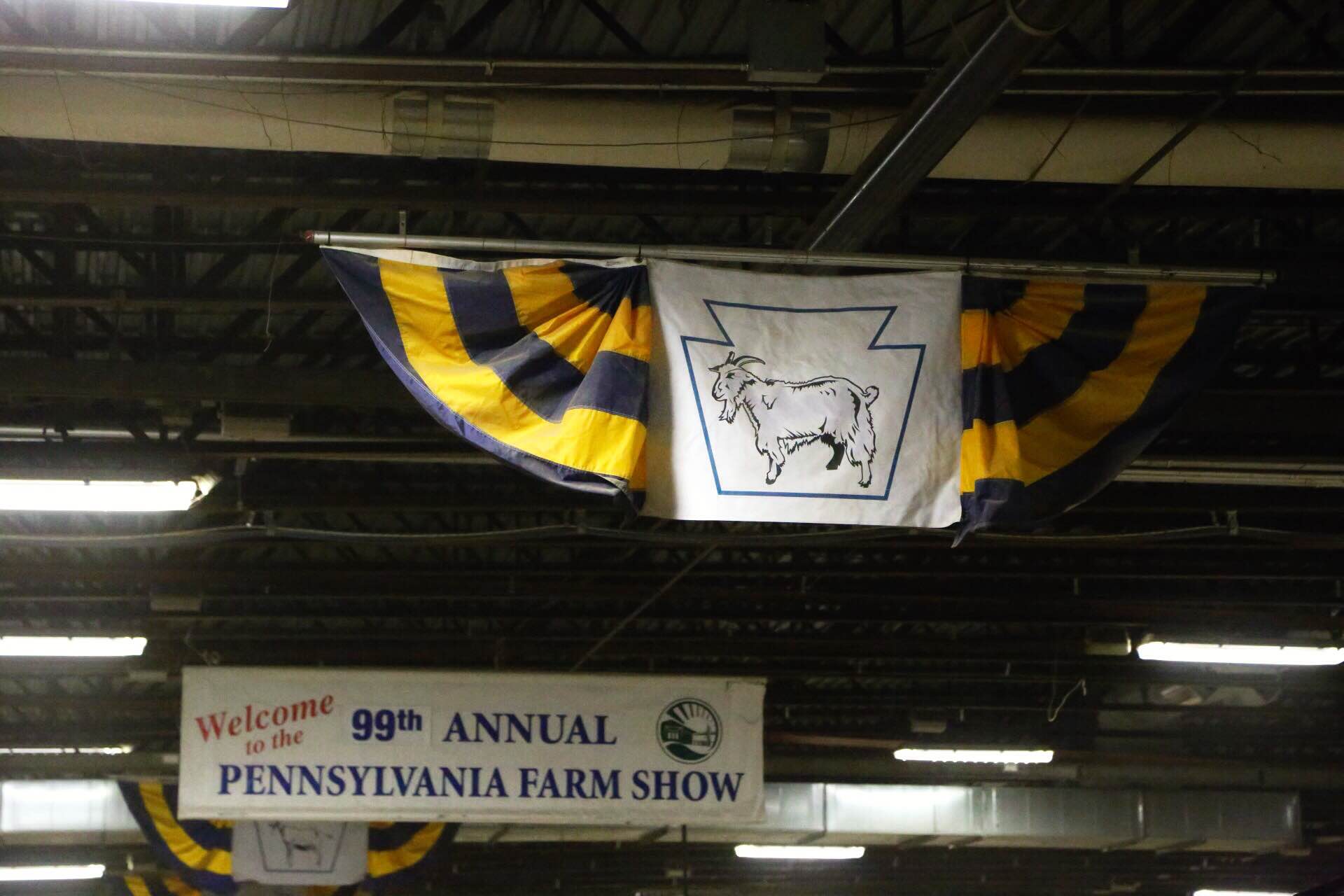Plans for the growing season
So what’s on tap for the growing season? Lots! This year our efforts are focused on soil health and infrastructure.
The PASA conference this year really underscored for us the importance of establishing a healthy soil: one high in organic matter and biologically active. Since the field we’re planting in has been farmed conventionally for quite a while we’re not sure of its condition. We’ll start in the spring with a soil test to assess where we’re at, then proceed with a cover crop rotation through the spring and summer to both build up soil organic matter and jump-start the soil biology. We also plan to have the goats graze the cover crop via moveable pastures.
Infrastructure is another big part of what we’ll be focused on this year. We’ll be tearing down much of the existing electric fence that runs the course of the field and either replacing it or changing it over to an orchard fence to keep the deer out. We’ll also be fixing up the existing wooden fencing to move our goats or chickens over to the farm. We should pretty much be experts in fencing, and completely tired of it, by the end of the growing season.
Irrigation is another big project this year. We were blessed to have a functioning irrigation well already on the property from its days as a tree farm. We’ll fix up that system and run main supply lines to various spots in the orchard to set the stage for planting next year.
Finally, we’re readying our nursery area to begin growing out our production fig trees as well as those we’ll have for sale. We’ve also ordered native trees to help landscape the wood line around the orchard and enhance the beauty of the landscape.
New Plants for a New Year
What would a new year be without some new plants to try? It seems like each year we experiment with a few more new plants or at least a few new cultivars of plants we already grow.
So I know by all reasonable measures we’re growing enough figs. Though another way to look at it is if we’re currently growing around 80 varieties, what’s 3 or 4 more, right? This year we’re trying out Sodus Sicilian, Bisirri #3, Petite Aubique, and LSU Champagne to see how they fare here (likely in pots).
We’ve grown just two varieties of pomegranates so far, Salavatski and Kazake, and are branching out to try a few more. Salavatski and Kazake are purportedly some of the most hardy varieties, withstanding some dips into the negatives and making them mostly hardy for our 6b/7a climate zone. We’ll try out some earlier fruiting varieties this year to evaluate them for early production: Ambrosia, Azadi, Eversweet, Kaim-anor, Kaj-acik-anor, and Suhr-anor.
For Asian persimmons, we’re branching out this year to try a few varieties in pots. Yea, that might be a little crazy but if we can determine a few that produce early and are non-astringent (meaning you can eat them while they’re still hard), then they might be candidates for growing in high tunnels. For Asian persimmons we’re adding Wase Fuyu, Hira Tanenashi, Gwang Yang, Chocolate, CoffeeCake, Izu, and Maru. For Asian/American hybrids, we’re trying Nikita’s Gift (Nikitskaya Bordovaya), Rosseyanka, and Kasandra. For American persimmons we’re trying Prok, Celebrity, Wonderful, and 100-46. Now about finding a place to plant most of them…
What else? We received some seeds from a supposed Iranian lemon, which are growing nicely. I confess, I have a love/hate relationship with citrus. I love the evergreen leaves and the smell of the blossoms, but I can never seem to overwinter them all that well. I’m also curious about a recent introduction, the Sherbet Berry (sounds good, right?), Grewia asiatica. It’s supposedly deciduous and fruits on new wood like figs. However it may not stand up well to freezes so I’m not sure how we might overwinter it, even in pots.




















